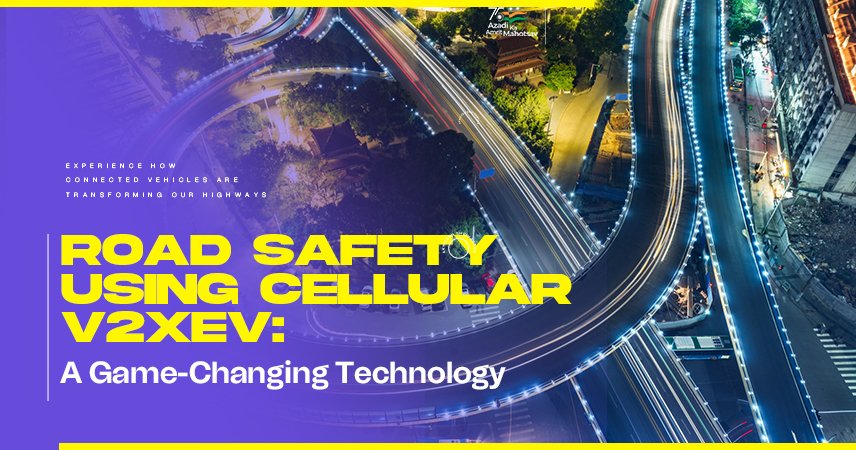Road Safety Using Cellular V2XEV: A Game-Changing Technology

As we move towards a more connected and autonomous future, the need for road safety has become more critical than ever. With the proliferation of electric vehicles (EVs) and the increasing adoption of cellular vehicle-to-everything (V2X) technology, the possibility of enhancing road safety has become a reality. In this blog post, we will explore how Cellular V2XEV can revolutionize road safety and pave the way for a safer and more secure driving experience.
Cellular V2XEV: A Breakthrough Technology
Cellular V2XEV is a technology that enables direct communication between vehicles and cellular networks. This technology has the potential to enhance road safety in several ways, including:
1. Real-Time Collision Detection: Cellular V2XEV can detect collisions in real-time and alert other nearby vehicles to take evasive action. This technology can significantly reduce the chances of accidents by providing drivers with advanced notice of potential dangers.
2. Vehicle Location Sharing: By sharing vehicle locations with other drivers and road safety authorities, Cellular V2XEV can help improve traffic flow and reduce the risk of accidents caused by miscommunication or misunderstandings.
3. Advanced Traffic Management: Cellular V2XEV can provide real-time traffic updates and alerts to drivers, helping them avoid congested areas and plan their routes more efficiently.
4. Road Condition Monitoring: Cellular V2XEV can monitor road conditions in real-time, providing drivers with information on road closures, construction, and other hazards.
Benefits of Cellular V2XEV for Road Safety:
The benefits of Cellular V2XEV for road safety are numerous, including:
1. Improved Collision Detection: Cellular V2XEV can detect collisions more quickly and accurately than traditional collision detection systems, providing drivers with advanced notice of potential dangers.
2. Enhanced Traffic Management: Real-time traffic updates and alerts can help improve traffic flow and reduce the risk of accidents caused by miscommunication or misunderstandings.
3. Better Road Condition Awareness: Cellular V2XEV can provide drivers with real-time information on road conditions, helping them avoid hazards and reduce the risk of accidents.
4. Reduced Distractions: By providing drivers with real-time information and alerts, Cellular V2XEV can reduce the need for drivers to manually check their surroundings, reducing distractions and improving safety.
Challenges and Limitations of Cellular V2XEV:
While Cellular V2XEV offers numerous benefits for road safety, there are also some challenges and limitations to consider:
1. Security Concerns: Cellular V2XEV transmits sensitive data, including vehicle location and traffic updates. This data must be protected from cyber threats and unauthorized access.
2. Technical Challenges: Implementing Cellular V2XEV technology may require significant technical infrastructure investments, including the development of robust cellular networks and the integration of V2XEV systems with existing traffic management systems.
3. Privacy Concerns: The collection and sharing of vehicle location data may raise privacy concerns, and it is essential to ensure that drivers’ personal information is protected.
Conclusion:
Cellular V2XEV has the potential to revolutionize road safety by providing advanced collision detection, real-time traffic updates, and improved road condition awareness. While there are challenges and limitations to consider, the benefits of Cellular V2XEV make it a promising technology for enhancing road safety in the future. As technology continues to evolve, it is essential to stay informed and engaged in the development of innovative solutions that prioritize safety on our roads.



